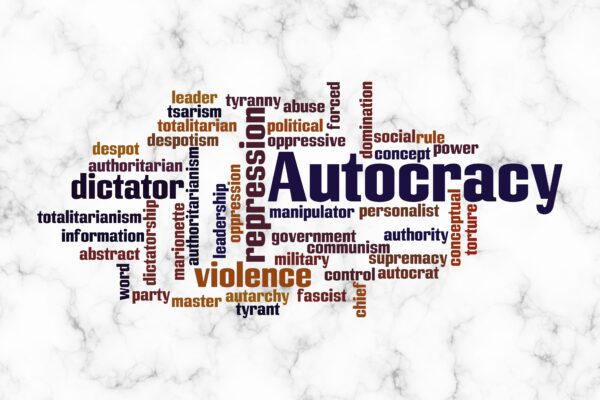* Jonas Salk
I’m always wary when I hear the words ‘this time it is different’, implying a shift or a fundamental difference that takes us into an unfamiliar regime; the ‘new paradigm’. Certainly, in the world of investment there is the temptation to distinguish prevailing events from similar historical experiences and project forward a completely different future, with an expectation of radically different outcomes. Not that I’m saying that the coincidence of similar events will always result in predictable outcomes. Its just that there is a lot of ‘noise’ that makes clairvoyance tricky!
Set against this mental backdrop, I’ve been struggling with imagining the likely workplace of the future. This is something I’ve written about a lot here, given my personal transition to self-employment at a time when the world was engaged in a forced work from home experiment. With each post I feel I nudge forward a piece of the puzzle, but am never quite emboldened to try and paint the entire picture. So, I was fascinated to read a recent study conducted by Bain & Company entitled ‘The Working Future: More Human, Not Less’. [i] This research over multiple countries explores attitude towards work and life across age ranges. The authors pose a range of fascinating findings and offer up some thoughts on how companies are going to have to adapt to working behaviour if they are going to succeed.
One of the findings which I was not surprised with was that successively younger generations are placing less emphasis on work relative to leisure. The only blip in this trend was with Generation X, where there was a marked uptick among the older cohort of that group towards valuing the importance of work, presumably a result of concerns post the financial crisis in 2008/9. Relative to all other age categories, Gen Y rated work less important, although among the 25-34 age cohort of Gen Y it was felt that work was slightly less important than leisure, whereas among the oldest of that category work was materially less important.
Attitudes as to why we work have also changed. Historically the financial reward was key. In 1995 34% of Americans would not work if they had enough money to survive; in 2017 that number had reduced to 28%. Similarly, in the 18th and 19th century the wealthier you were, the lower the number of hours worked but that that relationship is now the opposite, with the highest decile of incomes working longest hours. To be fair this is probably helped by overall working hours being reduced for all workers (median hours have reduced from 60.6 hours in 19th/20th century to 40.1 hours in 2018).
I was most curious about the assertion that historically there was a negative correlation between ‘agreeableness’ and income level, implying you only succeed financial in an organisation if you were obnoxious! No longer the case, apparently and today the characteristics that fare the best are ‘empathy, introspection and behavioural adaptation’.
The finding that I found most interesting is that the authors see the emergence of real divergence among employees in terms of what motivates them. Through their research, they were able to classify people into 6 categories, all having very different aspirations and attitudes towards work:
- Operators – value is derived from activity outside of work
- Givers – value work that improves lives of others
- Artisans – work is the means of fascination
- Explorers – value freedom and experience
- Strivers – want to make something of themselves through work
- Pioneers – want to change the world and work identifies with this ambition
The challenge for leaders is to be able to identify the differences among their employees and adapt their training and work environment to motivate those characteristics they wish to retain and develop.
[i] https://www.bain.com/contentassets/d620202718c146359acb05c02d9060db/bain-report_the-working-future.pdf






